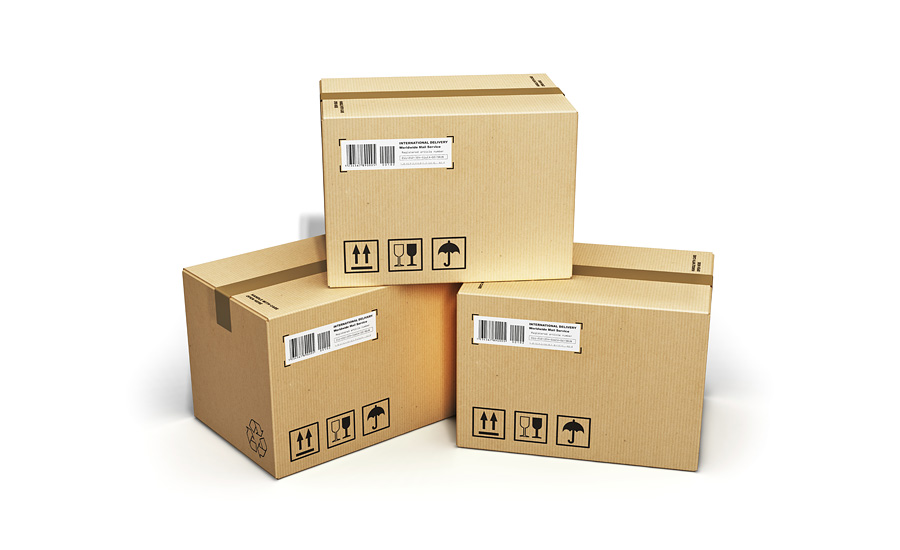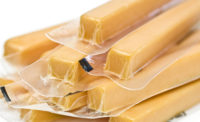Research using facial movements reveals significant differences in consumer response to protective packaging types
Product protection was ranked as the “most important” packaging characteristic by 80% of the respondents.

Research using facial movement analysis reveals significant differences in how consumers respond emotionally to various protective packaging types. Results show that protective packaging has an impact on human emotion, product perception and lifetime customer value.
Participants were asked to select how they felt during three critical parcel interaction points—opening, removing the material/products and discarding the packaging. That data was then compared to the emotional response they displayed during each interaction point. Emotions included excitement, neutral, frustration, joy, relief, anger, sadness and frustration.
Loose-fill peanuts caused the greatest amount of frustration, with approximately 18% showing irritation with the material type. On the other end of the spectrum, there was 0% frustration experienced with square-pattern bubble cushioning. Also scoring a low level of frustration were air pillows at 5.25% and paper at 3.7%.
In addition to emotion tracking, survey questions explored the impact of receiving damaged items. An overwhelming 73% of participants indicated that they would be unlikely to purchase from the company again after receiving a damaged item.
Further, product protection was ranked as the “most important” packaging characteristic by 80% of the respondents, as compared to sustainability and ease of product removal.
“What the study showed is that the type of protective packaging selected to ship product to the customer has far reaching ramifications. It can amplify excitement or create frustration, and have a dramatic impact on whether or not future orders will be placed,” says Dache Davidson, vice president of marketing, Pregis North America, Deerfield, Ill. “It’s important that companies take time to carefully evaluate their protective packaging choices and consider what impact they will have on future buying patterns.”
The first-of-its-kind protective packaging research, conducted by Packaging InSight, Greenville, S.C., on behalf of Pregis LLC, evaluated responses from 123 participants. Each was fitted with a camera/head gear apparatus that measured 40-plus facial movements as the participants interacted with a corrugated box containing a salt shaker, holiday candle, plate, picture frame, dental floss, water glass and light bulb.
Each box used one of the following packaging materials to protect the contents—loose-fill “peanuts,” paper, square-pattern bubble cushioning and air pillows. Proprietary logarithms were used to decode facial reactions that occurred during “unboxing” into human emotion on a 7-point scale.
Looking for a reprint of this article?
From high-res PDFs to custom plaques, order your copy today!






